Renowned for its prolific harvests, zucchini is a beautiful and delicious vegetable that’s usually easily cultivated – but blossom-end rot can quickly turn your zucchini dreams into disappointments!

We link to vendors to help you find relevant products. If you buy from one of our links, we may earn a commission.
Blossom-end rot is a disorder typified by fruit that softens and decays on the blossom edge, first turning yellow then brown and black as it progresses.
This ailment is most often associated with growing tomatoes, but it’s a common problem with eggplant, peppers, and summer squash as well.
The cause is a lack of calcium.
And counterintuitively, the solution isn’t to add more calcium to your soil because it probably has plenty already.
No, the main culprit is poor irrigation. This can be further complicated by overfertilizing and/or misuse of supplements, like Epsom salts.
Happily, this disorder is quickly solved with some basic maintenance, such as correcting the soil pH, proper fertilizing practices, and regular, deep watering.
So if you’re ready for an abundant harvest this year, let’s dig into the causes and treatment options for zucchini blossom-end rot.
Here’s what you’ll find up ahead in this guide:
What You’ll Learn
Blossom-End Rot Basics
Blossom-end rot starts as a deterioration in cell walls that makes the flesh above the blossom soft and discolored.
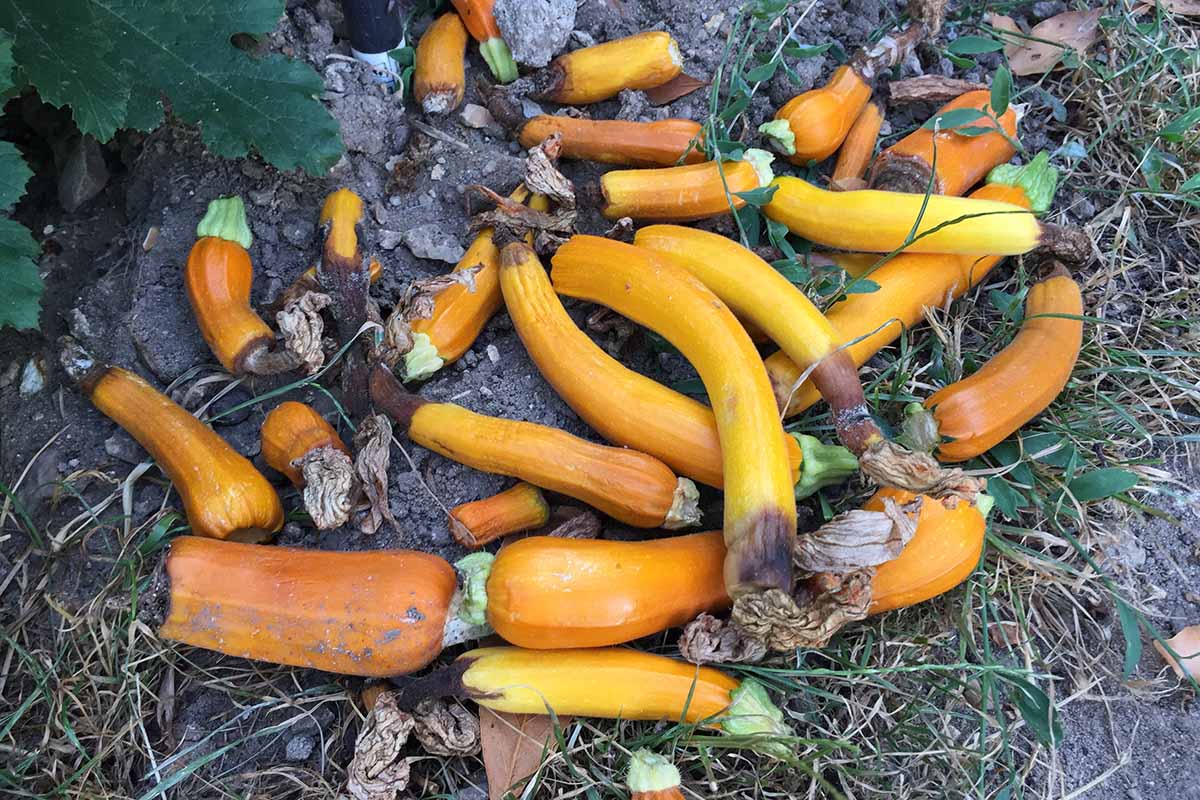
The scientific name, apical necrosis, says it all…
“Apical” refers to an apex, or the blossom end. And “necrosis” means the localized death of living tissue.
As the rot progresses, the tissue dies, starting with the lower two to four inches of the fruit. It turns yellow, then brown or black, and takes on a soft, mushy texture.
Quite often, the remaining piece of an infected fruit looks good and you might be tempted to trim out the bad to use the rest. Unfortunately, the fragrance, taste, and texture are often significantly diminished and affected pieces should be discarded.
While throwing away your veggies is hard, the good news is that your plant can be saved and rejuvenated to produce healthy new fruit.
As mentioned, a lack of calcium is the cause of cell breakdown and it’s usually not due to soil deficiencies. The real problem is poor irrigation.
Here’s how it plays out.
Water, Soil, and Calcium
Healthy soils contain the three primary plant nutrients – nitrogen, phosphorus, and potassium – as well as important secondary macronutrients including calcium, magnesium, and sulfur.
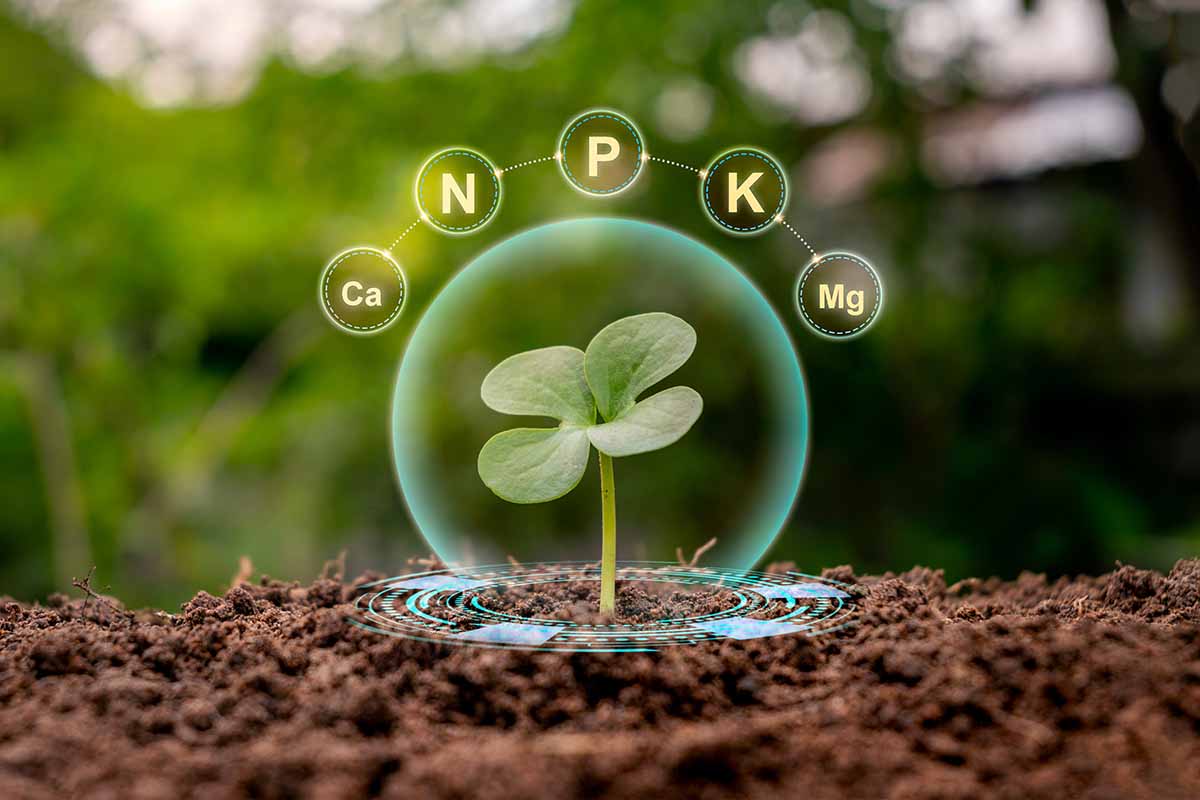
Calcium, as calcium pectate, is needed for building cell walls in fruits. The calcium and pectin combine to form salts that keep the cell walls turgid, or sturdy and rigid.
When calcium is deficient, new growth at the tips of leaves, roots, and shoots is negatively impacted, with visually apparent distortions in growth.
Most soils naturally contain ample calcium, but for plants to benefit, it first needs to be absorbed from the soil by the roots and transported to other plant tissues via the xylem.
If the water supply is scarce or spotty, calcium can’t be drawn from the soil, which results in cell breakdown.
Because the blossom edge is the furthest extremity from the roots, it’s the last to receive nutrient-laden water, and the first to suffer when it’s lacking.
And due to zucchini’s large root system, with a generous taproot that grows as long as three feet, deep and regular watering is crucial for healthy plants and fruit.
If you’re unsure about the mineral composition of your soil, have your garden soil tested.
Should your soil be deficient, gypsum (calcium sulfate) or calcium chloride can be used to raise calcium levels without altering the soil’s pH.
Fertilizing Needs
For the fruit to receive adequate overall nutrition, it’s important for plants to grow in fertile soil with plenty of organic matter such as compost or well-aged manure.
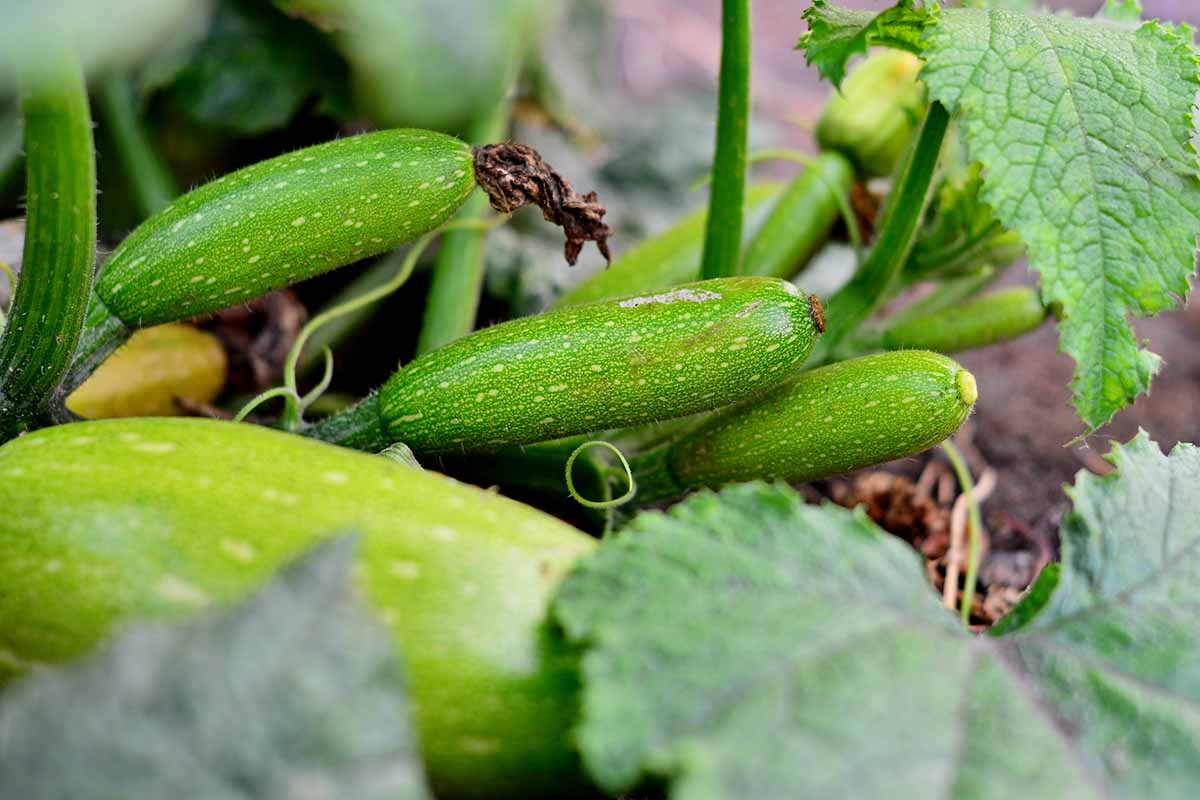
After planting, feed with a balanced, all-purpose formula such as 10-10-10 NPK.
Avoid fertilizers with a high nitrogen content, which inhibits the uptake of calcium and produces ample foliage but reduces fruit production.
Use a liquid or water-based product applied monthly during the growing season, or scatter slow-release pellets at planting time and again in midsummer.
Burpee Enhanced Organic All-Purpose Plant Food
Burpee’s Enhanced Organic All-Purpose Plant Food has a formula of 5-5-5 NPK and lasts for up to three months. Four-pound bags are available from Burpee.
Also, avoid using products like Epsom salts when planting – it doesn’t cure blossom-end rot and may actually exacerbate it.
Epsom salts, or magnesium sulfate, contain no calcium, and excess amounts of magnesium in the soil also inhibits calcium uptake.
To find out more about their feeding habits, be sure to read our guide to fertilizing zucchini plants.
PH Levels
Zucchini grows best in organically rich, fertile soil with a slightly acidic to slightly alkaline pH of 6.0 to 7.5.
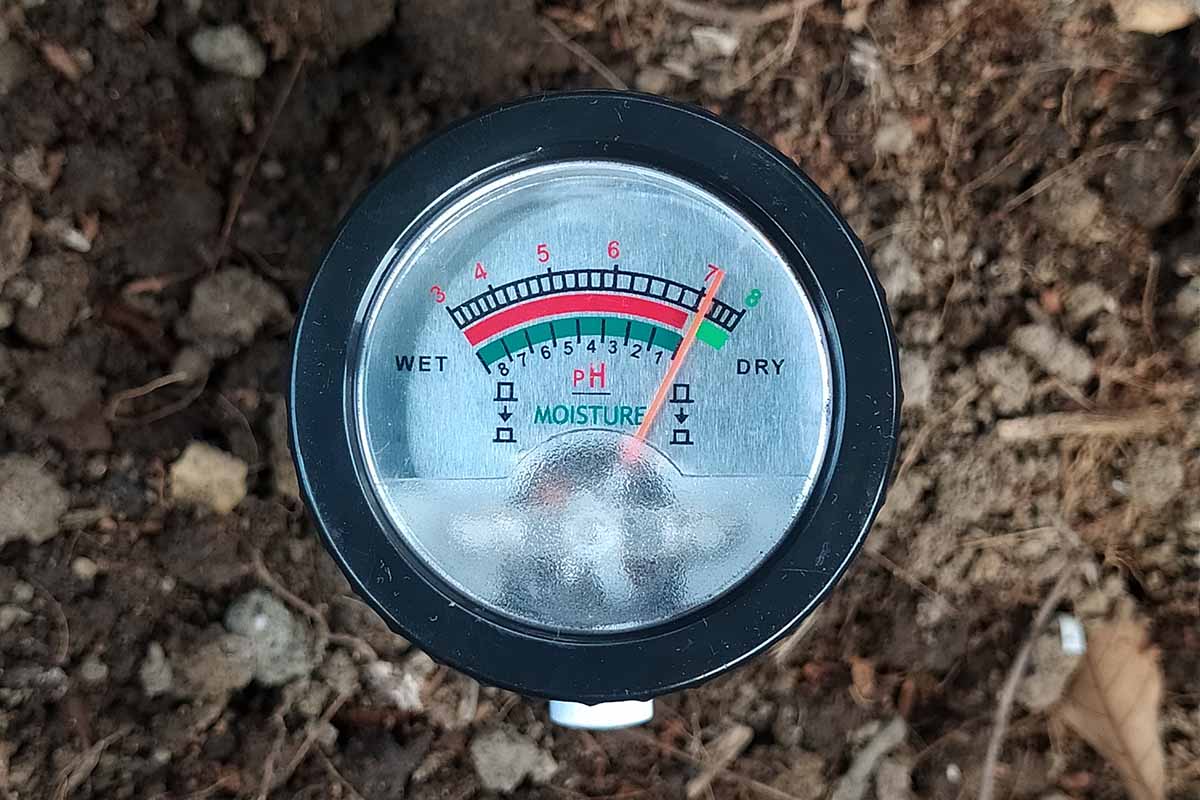
Use a soil pH meter to determine if your soil is acidic or basic.
If it’s too acidic, or reads below 6.0 on your meter, sweeten the soil with garden lime, also known as limestone or calcium carbonate.
It takes approximately three to five ounces of lime per square yard to raise acidic soil levels, depending on the soil’s composition and texture.
If the soil is too alkaline (basic) or above 7.5, work in garden sulfur before the planting season.
Follow the package instructions for the correct amounts, usually around six to eight ounces per square yard depending on the soil structure.
Soil Moisture, pH, and Light Meter
This 3-in-1 meter can be used to quickly test pH and moisture levels, and is available at Home Depot.
Water Requirements
Maintaining regular watering and consistent soil moisture is imperative for preventing blossom-end rot.
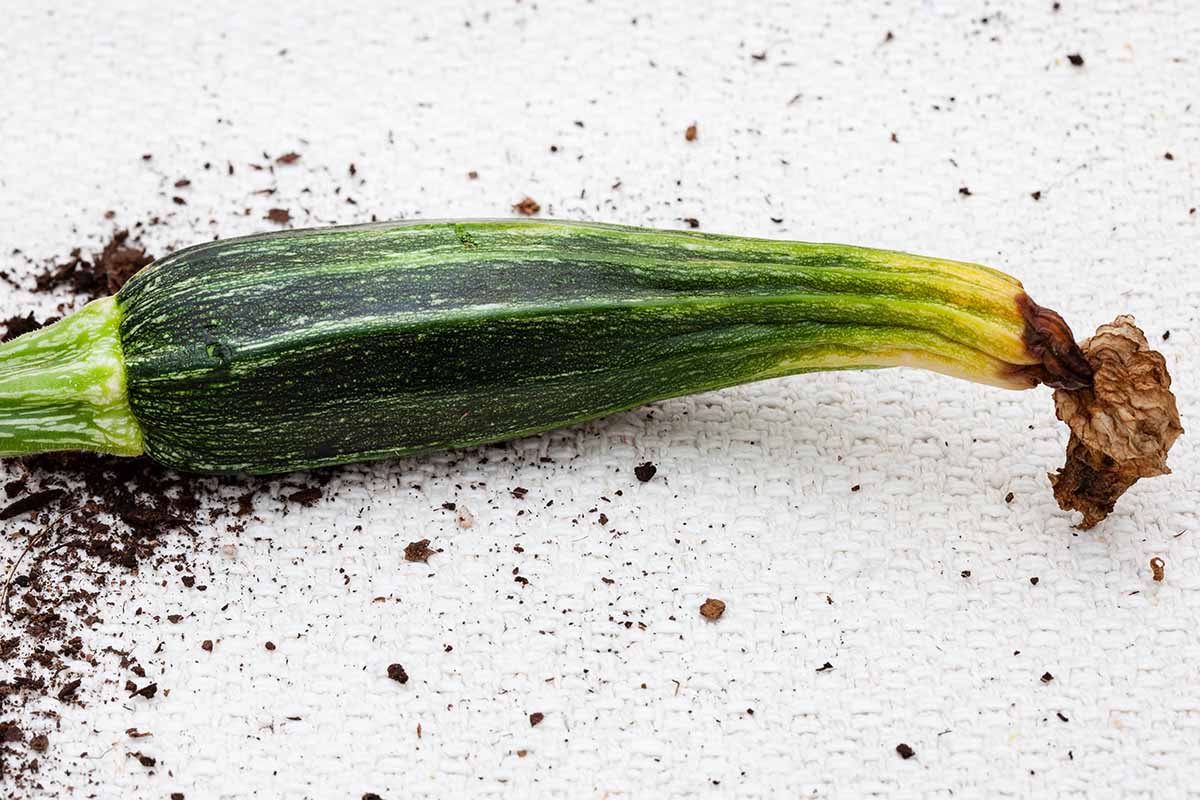
This is because water is the key to making nutrients like calcium available to the roots. And it’s also needed for the process of transporting them via the xylem to where they’re needed.
Zucchini performs best in soil that’s consistently moist but not wet, and it needs to be well-draining. In overly wet or waterlogged soil, plants can develop other problems like root rot.
To get the lowdown on how to manage other common summer squash issues, check out this guide to troubleshoot 11 potential zucchini problems.
If you need to improve your soil’s drainage, raised beds are a good option to keep water moving freely and they give sprawling plants plenty of room to spread.
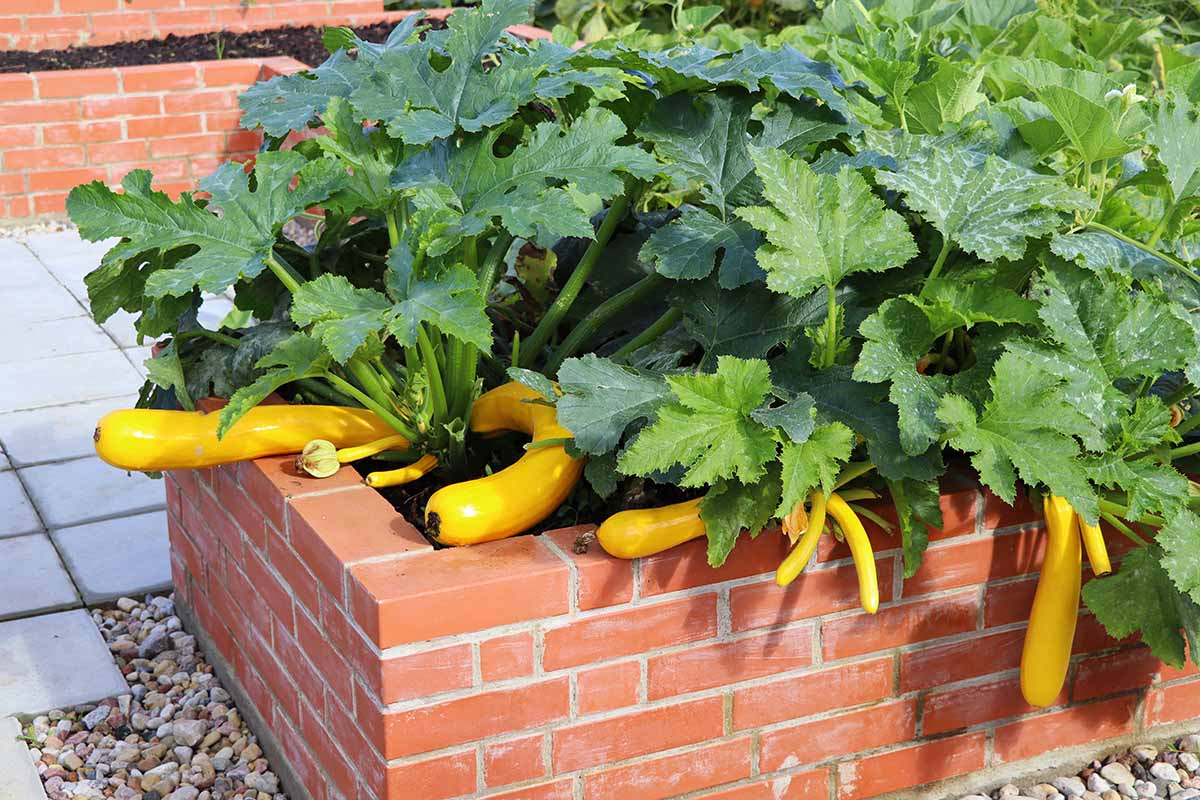
Or, at planting time, you can mix in a couple of shovelfuls of gritty material into your soil.
Materials such as landscape sand, pea gravel, perlite, or stone chips help to keep the soil porous, reduce compaction, and allow water to percolate evenly throughout the medium.
For healthy fruit, ensure even moisture levels and water regularly during dry weather, providing one to two inches of water per week.
Water plants deeply and uniformly to ensure that all the roots receive the water needed to transfer and transport calcium from the soil.
Avoid overhead watering to minimize the spread of unwanted pathogens and use a soaker hose or drip irrigation for easy, effective watering.
Add a timer for convenience and regular applications, then watch your blossom-end rot problems disappear!
This digital hose timer from Rain Bird is an easy and popular choice that can be programmed for seven days – you can find one at Home Depot.
Growing Tips
Keep the following tips in mind for producing plentiful harvests:

- Plant crops in humus-rich and well-draining soil.
- Irrigate regularly to maintain uniform soil moisture.
- Provide plants with a summer mulch of chipped bark, leaves, newspaper, or straw to help retain moisture in the root zone.
- Feed regularly to ensure growing plants receive adequate nutrients.
- Another cause for underdeveloped or decaying fruits is poor pollination. Let’s look at what happens in this scenario.
Check out our complete guide to growing zucchini for more information.
Maybe It’s Poor Pollination
Summer squash plants produce both male and female flowers, and for squash fruit to fully develop, pollinators need to transfer pollen from the male flowers to the female ones.
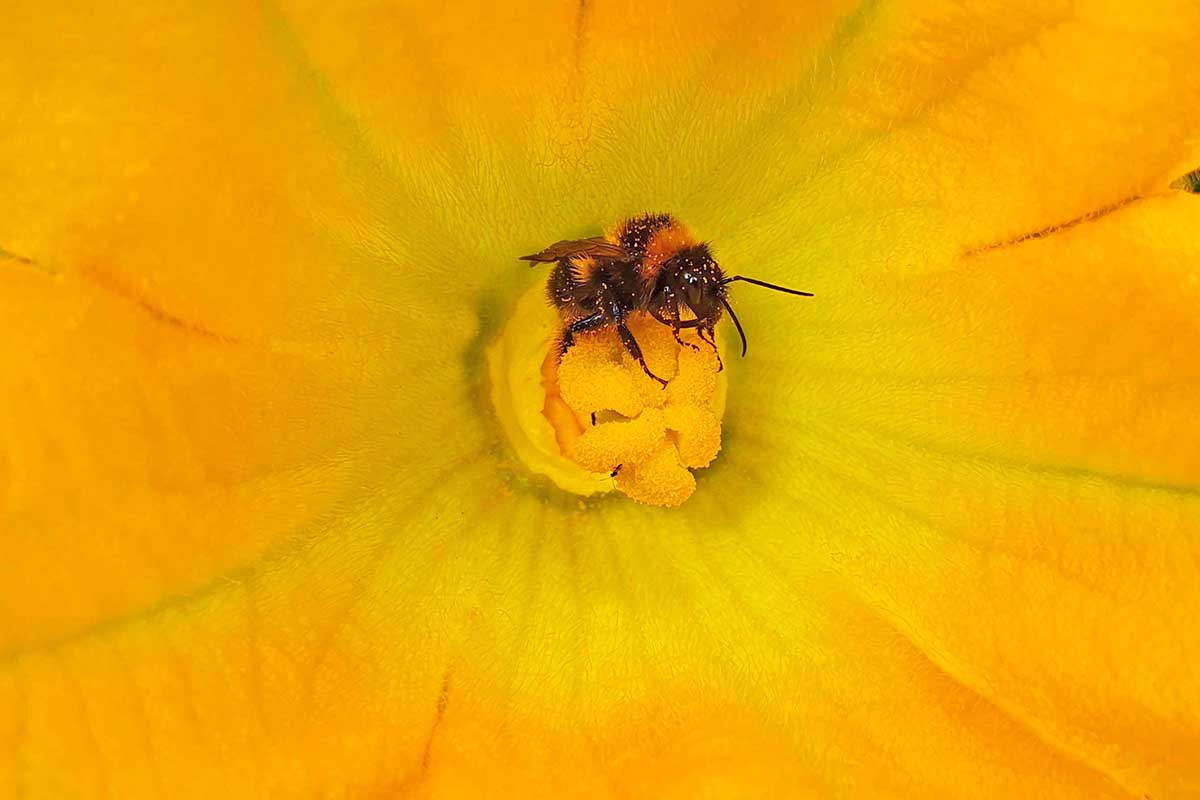
If the female flowers don’t receive adequate pollination, fruits begin to grow and then suddenly wrinkle up and die or drop from the vine, which is known as fruit abortion.
Cool, rainy weather is often responsible for poor pollination because it inhibits pollinator activity.
If your plants are suffering from poor pollination, you can wait for dry weather to arrive to improve pollinator numbers or you can pollinate plants by hand.
There are two easy ways to hand-pollinate:
The first is to take a male flower and strip away the pretty yellow petals, then push the stamens into the female flower, gently swirling the male flower to deposit pollen on the female’s pistil.

The other method is to use a small, soft-bristled artist’s paintbrush. If you have none at home, pick up inexpensive, natural bristle art brushes at your local dollar store.
Pollinating with a small paintbrush is the preferred method as it’s the gentlest and causes no damage to plants.
Use the brush tip to carefully collect pollen from the male’s stamen then transfer it to the female’s pistil. Repeat every other day over the course of a week to be certain of successful pollen transfer.
To ensure there are ample pollinators to do the job naturally, plant flowering companions with your zucchini.
Good flowering companions include alyssum, beans, borage, dill, marigolds, mint, nasturtiums, oregano, peas, and rosemary.
Plump, Perfect Fruits
For copious amounts of plump, perfect fruits, you need healthy plants – and problems like blossom-end rot must be eradicated!
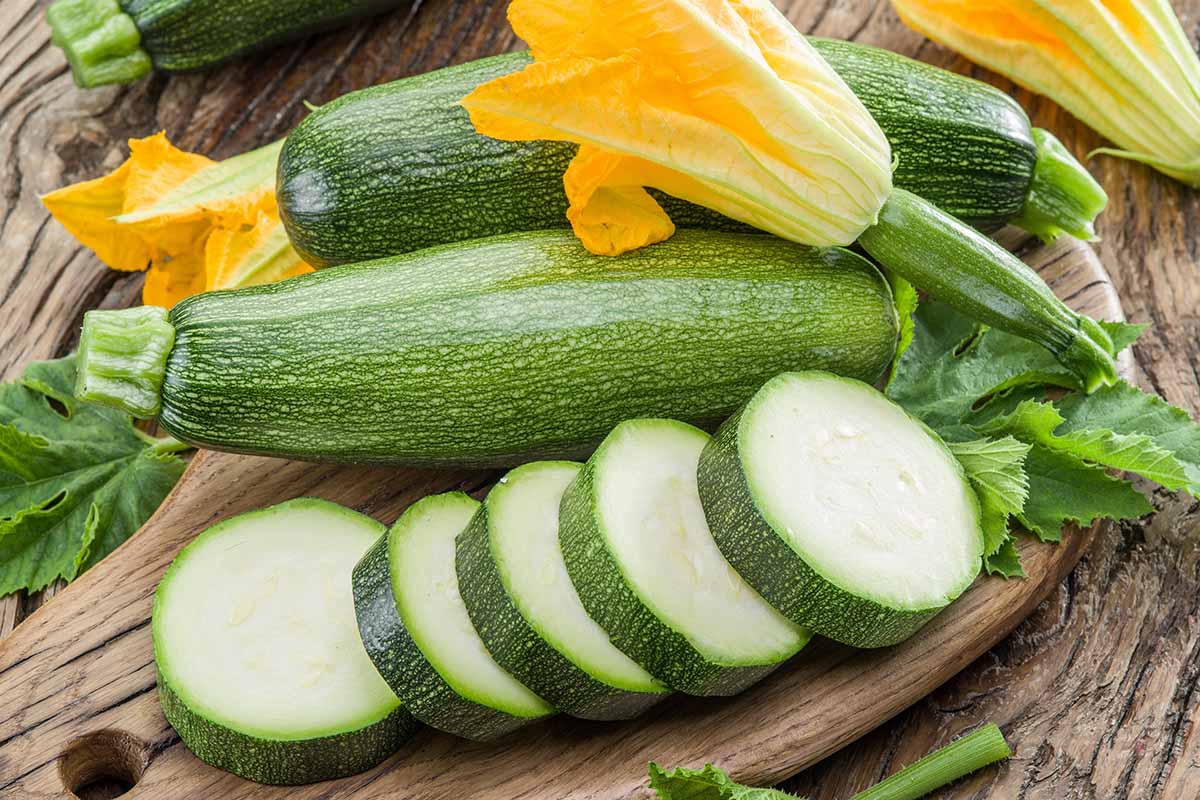
Use a balanced fertilizer to feed plants, and provide them with an acceptable soil pH.
Then water regularly and deeply to ensure your plants receive the calcium needed for healthy, strong fruit production.
Have your plants suffered from zucchini blossom-end rot in the past? Feel free to use the comments section to share any questions you might have.
And for even more success in the zucchini patch, be sure to read these articles next:
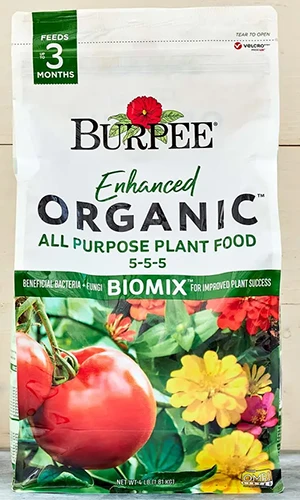
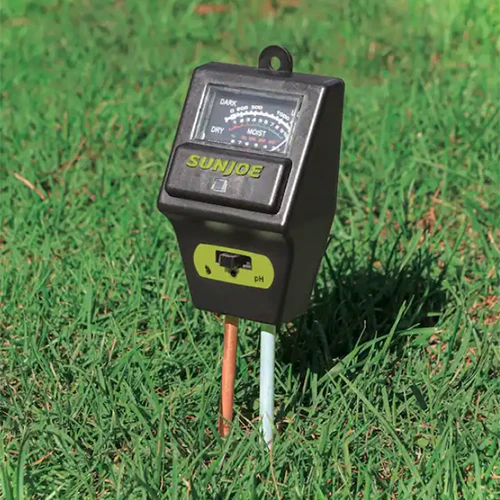
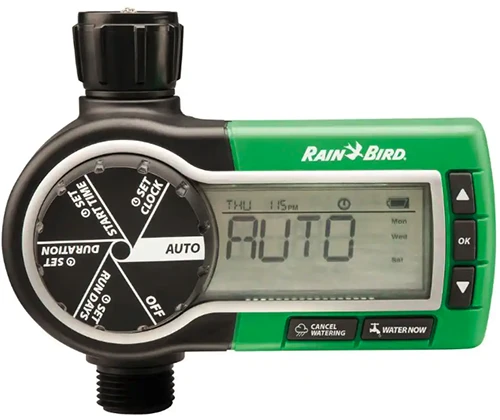



Hello….thank you for all this information. I have grown zucchini in pots ~ sometimes successfully, others not and the blossom end rot takes over. I have yet to get a PH reader but my husband is suggesting that the pots aren’t deep enough for the root system; thus the rot. But then why would it work sometimes and others not. They are about 2 feet deep. Please offer any insight.
Hi Rachel, your two-feet deep pots should be large enough to handle the roots and I’m more inclined to think it’s a watering issue than pot size. When watering, do so slowly and deeply to ensure the entire root system receives water – if your pots are in full sun or a windy location, you may have to water daily in hot temperatures. Also, I suggest planting a few annuals in the same containers as your curcubits – if the problem is due to inadequate pollination some extra flowers will attract bees to ensure the blossoms are pollinated properly. And… Read more »
I have root rot with my zucchini this year. How do I prevent it for the rest of season???
I have many flowers and all the plants are in the ground, not in pots. The temperatures have been in the high 80s and I water at nighttime.
Hey Stephanie – root rot is a fungal disease that enters plants through the roots. The spores can live in the soil for years and the most common cause is wet soil from overwatering, or soil that doesn’t drain adequately. Planting curcubits too deep can also cause problems. Depending on how far the disease has progressed, you may be able to save your plants. They like moist, but not wet soil, so I recommend allowing the soil to dry out before watering again. For plants in beds, allow the top two inches of soil to dry between water applications, providing… Read more »